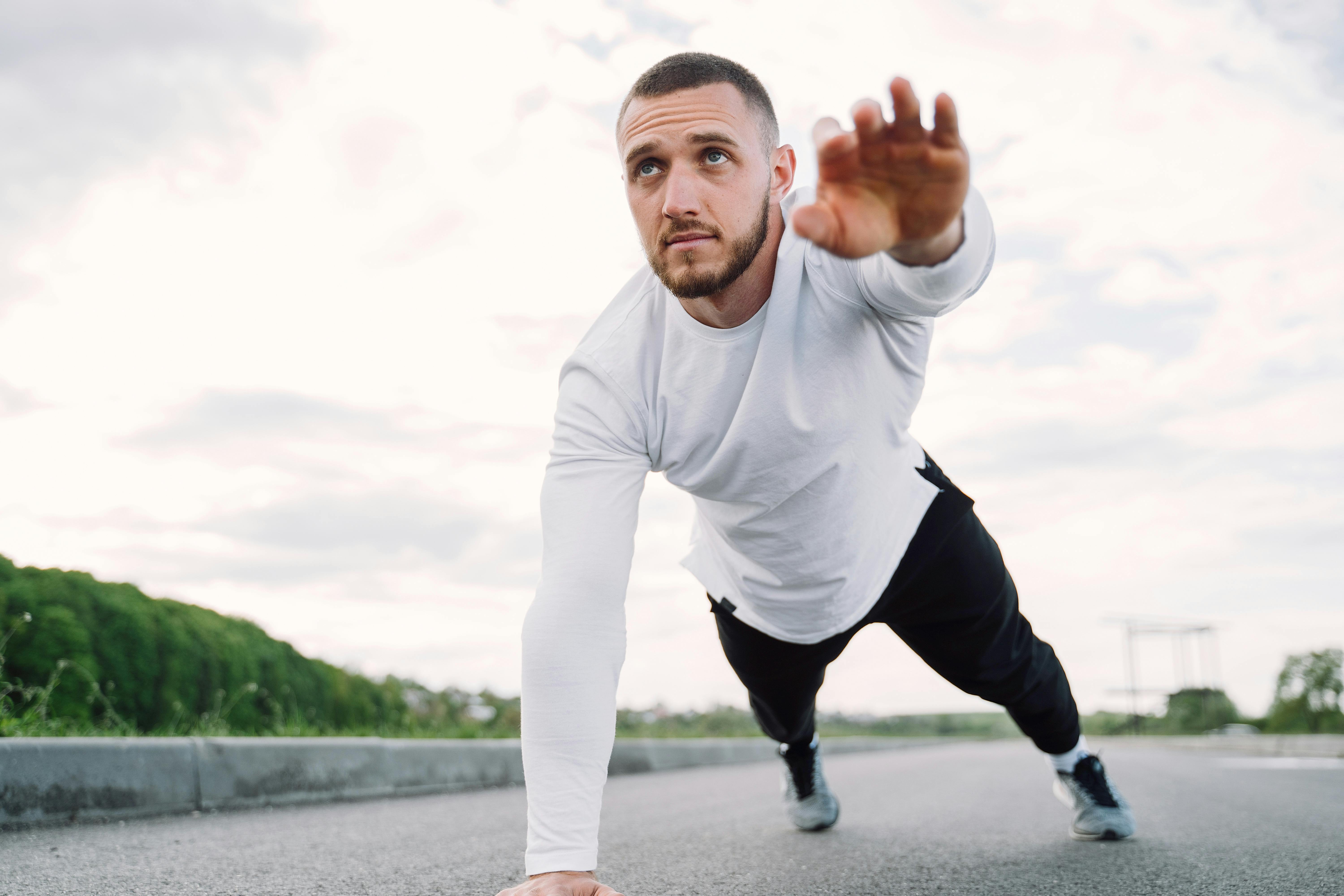People who suffer from anxiety are continually looking for techniques that can help them combat the mental disorder and relax their minds. One such technique that is all the rage these days is the 4-7-8 breathing pattern.
Also known as the “relaxing breath,” the 4-7-8 breathing technique involves inhaling for 4 seconds, holding your breath for 7 seconds, and exhaling for 8 seconds. According to some advocates, this breathing technique helps reduce anxiety and even helps people fall asleep within a minute. Although there is little scientific evidence to support this breathing technique, many people turn to it for instant relief from anxiety symptoms and more restful sleep.
Understanding the 4-7-8 breathing technique
The 4-7-8 breathing technique is followed as a core exercise by various alternative healing therapies such as yoga and meditation, as it helps promote relaxation. This breathing technique needs a person to focus on taking a long, deep breath at the time of inhalation. Supporters of this technique feel that it can help achieve the following:
- sleep better
- Managing various types of longings and cravings.
- Reduced or controlled anger responses
- Gradual improvement and reduction of anxiety symptoms.
How to practice the 4-7-8 breathing technique?
Before beginning this breathing pattern, it is suggested that the person sit or lie down in a relaxed position. They should then touch the roof of the mouth, just behind the front teeth, with the tip of the tongue. Once established, the individual must follow the steps mentioned below.
- Breathe out the air from your lungs to completely empty your lungs.
- Inhale counting to four seconds.
- Hold your breath for seven seconds.
- Exhale forcefully through your mouth for a count of eight seconds. While exhaling, the individual should make an “o” with their lips and make a “hum” sound.
A person should follow this breathing technique twice a day to start noticing the benefits as soon as possible. However, beginners should refrain from exceeding four breath cycles in one go. Once the practitioner is comfortable with the technique, he can practice it for a longer time.
For the first few times, a person may feel dizzy after practicing this breathing technique. Therefore, it is recommended to try this technique while lying down or sitting down to prevent falls or dizziness. It is much more important to maintain the relationship rather than focus on the number of seconds the breathing pattern lasts. If an individual struggles to hold their breath for a long time, they may opt for a shorter duration breathing pattern, which would be:
- Inhaling for a count of 2 seconds
- Holding your breath for a period of 3.5 seconds
- Exhaling forcefully for 4 seconds
If a person is successful in maintaining the proper ratio, they will begin to notice the benefits within a couple of weeks of consistently following this technique once or twice a day. They would notice a lower frequency in the appearance of their anxiety symptoms and a more restful sleep.
Seeking help for anxiety disorder
Anxiety is an integral part of life, and feeling anxious in situations that are challenging and stressful is quite normal. However, when anxiety persists and worsens over time, it becomes a disorder. Anxiety affects nearly 40 million American adults and is one of the most common mental health problems in the US.
